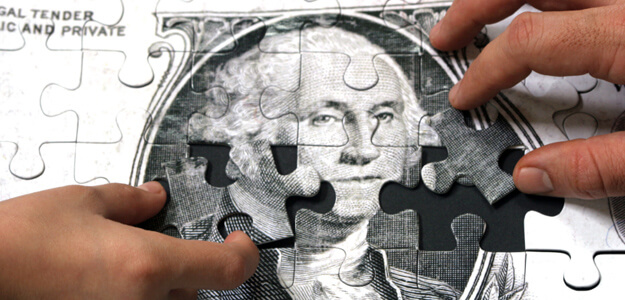
Keeping Your Car In Tip Top Shape
Keeping your vehicle in good shape helps keep your household budget in good shape as well. That’s because auto repairs can be hefty expenses. The median age of passenger cars in operation increased to 9.4 years in 2008, breaking the previous two-year record high of 9.2 years, according to R. L. Polk & Co. Today’s vehicles are durable, but only if you follow the manufacturer’s service schedule and give your car the care it deserves.
Performing routine maintenance on your car will help prevent unnecessary breakdowns. Don’t let a poorly maintained car become a drain on your household budget. Follow these tips from the experts at Clearpoint Credit Counseling Solutions to keep your car in top running condition.
- Dig out your car owner’s manual and review the recommended maintenance schedule. Record on your personal calendar what services needs to be performed, and when, and stick to that schedule. Regular maintenance inspections can identify small problems before they become expensive ones.
- Check your tire pressure each month and examine your tire treads. Your tires should be properly inflated at all times and your wheels aligned. You’ll get better gas mileage and your tires will last longer. It’s also important to have your tires rotated and balanced on a regular basis (at least every 10,000 miles) to help ensure the safe operation of your car.
- Don’t forget the spare! Is your spare tire in good condition? Do you have the necessary equipment in your trunk to change a flat?
- A car’s engine is always the most expensive part to repair. Don’t ignore warning signals (stalling, rough idling, and strange noises) that your engine may be having trouble. Get your car checked out immediately. Paying for a minor repair now could save you a huge expense down the line.
- Regular oil and filter changes will help to protect your engine. Check your oil level at least once a month and change the oil and the oil filter regularly. Manufacturers typically suggest doing so every 3,000 to 7,500 miles, depending on driving conditions.
- Other fluids are also important! Replace the coolant according to the manufacturer’s recommendations as anti-freeze does wear out. Brake fluid doesn’t last forever either. Have your brake fluid changed and the system flushed every couple of years. Check your owner’s manual for when transmissions fluid and power steering fluid need to be changed.
- Filters keep grit and dirt from the engine. Change the air, fuel, PCV (otherwise known as a breather element) and cabin filters according to manufacturer specifications.
- Keep your battery cables clean of dirt and corrosion, and the connections tight.
- Hoses should be inspected each season and replaced if there are cracks, leaks or other damage.
- Don’t forget the windshield. Wiper blades should be replaced once a year and the washer solvent refilled as needed.
- Let there be light, inside and out. Inspect all lights (headlights, turn signals, flashing hazard lights) on a regular basis and promptly replace burned out bulbs.
- Timing belts are an important component for many engines. Replace yours before it breaks and avoid serious engine damage. Most manufacturers suggest replacing the timing belt every 60,000 miles. Check other engine drive belts whenever you change your oil.
- Protect the exterior. Washing and waxing your vehicle on a regular basis will remove built-up dirt and protect the vehicle’s finish.
- Respect your dashboard! If your engine light is flashing, the low coolant indicator comes on, or the temperature gauge is extra “hot”, take notice. Pull off the road when it’s safe and read your owner’s manual to find out how best to proceed.
- When you take your car in for servicing or repairs, select a dependable shop or service station with qualified auto technicians. Ask family and friends for recommendations and check with the Better Business Bureau (BBB).
- Avoid surprise charges. Make sure to get a repair estimate for your car, in writing, before you authorize the work to be done.
- Save all auto repair and service receipts. Keep a file folder for each car. That will make it easier to check when the oil was changed, whether the timing belt needs replacing, and if it’s time for new tires.
- If you’re facing a significant car repair expense, use your head. Don’t assume it might be less expensive to buy a new car. If repairing the car will give it a couple more years of use, it may cost you less in the end than making monthly payments on a new car.
Consult a credit counseling agency, like Clearpoint Credit Counseling Solutions, if you’re having trouble making ends meet due to car troubles or other financial worries. If you find that you need help with debt management and reduction, we have professional credit counselors trained to get on the path to financial stability.
See more tips for saving money on car expenses.
Comments
Leave feedback or ask a question.
No responses to “Keeping Your Car In Tip Top Shape”